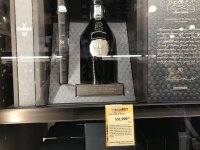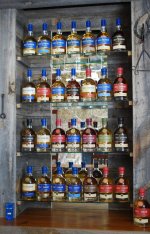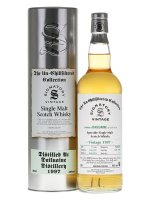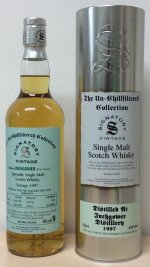Not all the Scotch whisky distilleries have gone the automated route. There are still fine craftsmen and women making fantastic whisky the old-fashioned way.
I’m going to respectfully disagree here. All major scotch (and bourbon) distilleries are automated to a degree now, and that has significantly improved the quality of the product. Glenlivet, the largest single malt producer by volume, has about a dozen people working per shift.
Today’s whiskies are much better than anything that people drank 50 or 100 years ago. In fact, for over a century, until the 1960s, scotch was blended scotch and very little single malt was bottled, because the stuff was considered too uneven, unpredictable and inconsistent to sell as such.
Even today over 90% of all scotch sold is blended, not single malt.
Large, industrial distilleries don’t make bad whisky. The only bad stuff one encounters occasionally comes from so-called “craft distilleries” mostly in the US, who try to ride on the coat tails of the craft beer wave. The innovation is awesome and there is some interesting local stuff, but some bearded guys in flannel shirts selling too-young whiskey, babbling about passion, handmade, and craftsmanship, don’t measure up to the deep experience you find at traditional places like Jim Beam, Buffalo Trace, Barton, or Bowmore, Balvenie, Macallan and others in Scotland.
One exception in Scotland is Kilchoman on Islay, in Scotland; it’s good stuff, and I seem to remember Bob is a particular fan. Peat smoke is great at covering up most of the sins of youth, so they’ve been getting away with selling 5-year-old single malt for about the price of other 14- to 16-year-olds. The “farm distillery” marketing doesn’t hurt either these days


 Just goes to show you, there's a buyer for almost everything!
Just goes to show you, there's a buyer for almost everything!






